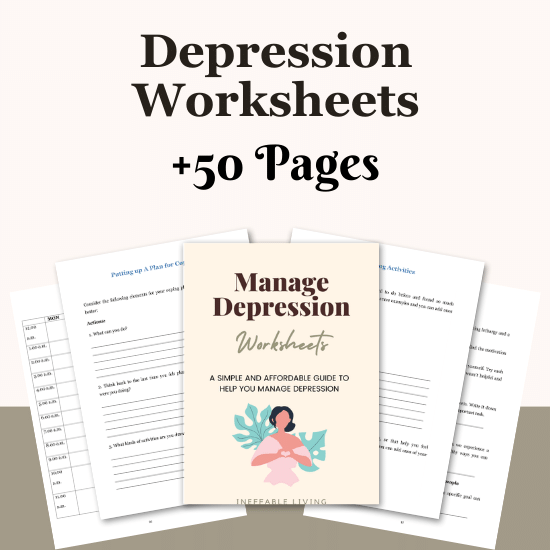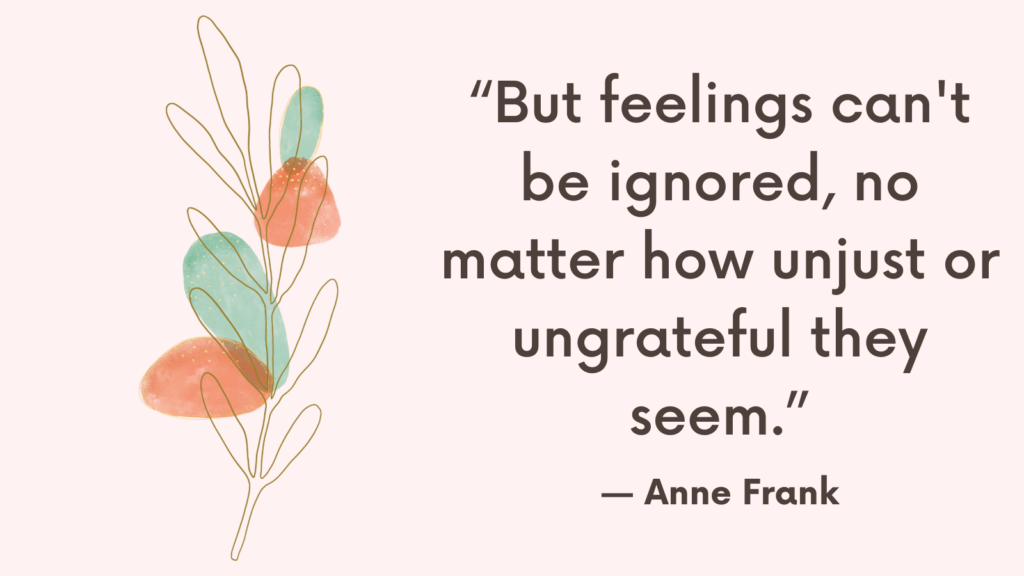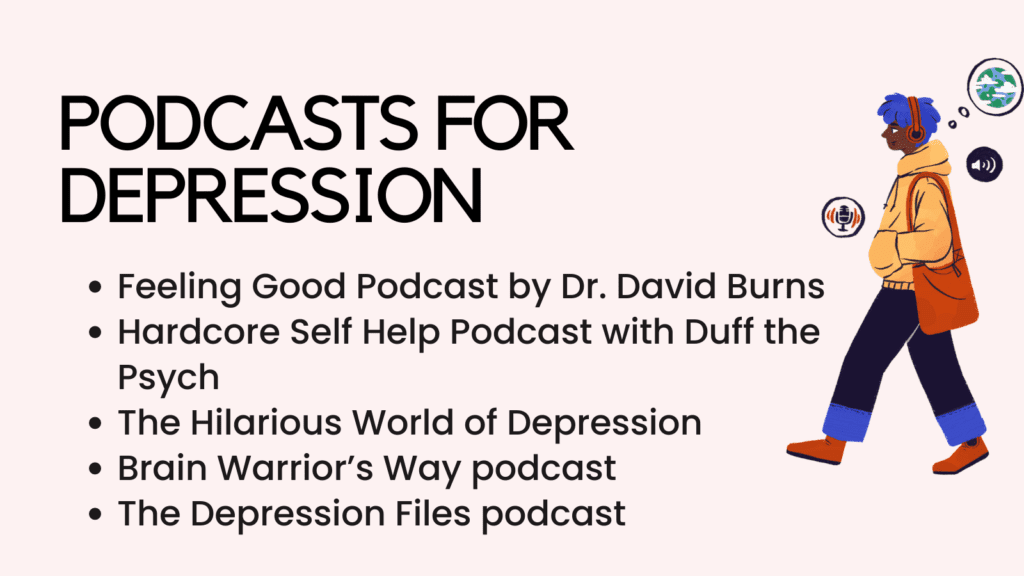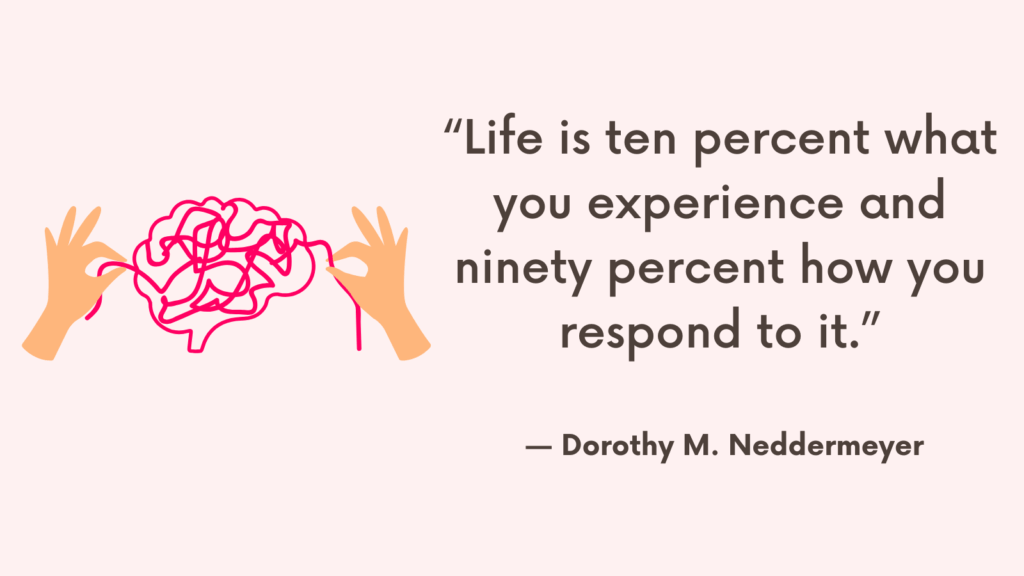Winter can be a challenging season for many people, with shorter days, colder weather, and the pressure of the holiday season.
It’s common to feel a dip in mood during this time, but understanding whether you’re experiencing the holiday blues or Seasonal Affective Disorder (SAD) can make a significant difference in how you manage your feelings.
Let’s explore the differences between these conditions and discuss practical strategies for overcoming the winter slump.
What Are Holiday Blues?
The holiday season can bring about a unique set of challenges that lead to what is often referred to as the “holiday blues.” This situational sadness or stress typically arises from various factors:
– Stress of Expectations: The pressure to have a perfect holiday and meet social expectations.
– Loneliness: Feeling isolated or missing loved ones who are no longer around.
– Financial Strain: The cost of gifts, travel, and other holiday expenses.
– Disrupted Routines: Changes in regular schedules, which can affect sleep, diet, and exercise routines.
The holiday blues generally start around early November and subside shortly after the New Year.
Although this recurring sadness can be distressing, it is not considered a clinical disorder and usually resolves once the holiday season ends.
What is Seasonal Affective Disorder (SAD)?
Seasonal Affective Disorder (SAD) is a subtype of major depression that follows a seasonal pattern, typically occurring in the fall and winter months.
It is recognized clinically as Major Depressive Disorder with Seasonal Pattern.
SAD can have a significant impact on daily functioning and overall quality of life.
Related: Do I Have Seasonal Depression Quiz (+Top 12 Natural Ways To Boost Your Mood)
Symptoms of SAD
– Persistent Sadness: Feeling hopeless or down most of the day, nearly every day.
– Low Energy: Feeling fatigued despite adequate rest, with low stamina and motivation.
– Social Withdrawal: Avoiding social interactions and activities once enjoyed.
– Changes in Sleep: Oversleeping or experiencing difficulty waking up in the morning.
– Appetite Changes: Craving carbohydrates and experiencing weight gain.
– Difficulty Concentrating: Trouble focusing and making decisions.
Types of SAD
1. Fall/Winter Onset (Winter Depression): The most common form, beginning in late fall or early winter and subsiding in the spring. Symptoms include oversleeping, increased appetite, weight gain, and a tendency to withdraw socially.
2. Spring/Summer Onset (Summer Depression): Less common, starting in late spring or early summer. Symptoms include trouble sleeping, loss of appetite, weight loss, restlessness, agitation, and anxiety.
Related: Top 10 Tips for Dating Someone with Depression
Differentiating SAD from Holiday Blues
While both conditions can cause feelings of sadness and depression, there are key differences:
– Duration: The holiday blues are tied to the holiday season and typically resolve afterward. SAD lasts for several months, often six or more, and follows a seasonal pattern for at least two consecutive years.
– Intensity: SAD symptoms are usually more severe and can significantly impair daily functioning.
– Cause: Holiday blues are situational, triggered by the holiday season. SAD is linked to changes in sunlight exposure and biological rhythms.
Related: Top 10 Signs of Silent Depression
Managing Holiday Blues
If your mood dips during the holidays but improves afterward, you’re likely experiencing the holiday blues. Here are some strategies to help manage this situational sadness:
1. Set Realistic Expectations: Avoid striving for perfection and set achievable goals for the holiday season.
2. Plan Ahead: Organize your schedule to reduce stress and ensure you have time for self-care.
3. Stay Connected: Reach out to friends and family, and consider attending social events, even if virtually.
4. Maintain Healthy Habits: Stick to regular sleep, diet, and exercise routines as much as possible.
5. Practice Gratitude: Focus on positive aspects of your life and the season.
Related: High Functioning Depression Test (+Effective 3-Step Guide To Overcome High Functioning Depression)
Managing Seasonal Affective Disorder
If you suspect you have SAD, it’s important to seek professional help. Here are some treatment options and strategies that can help:
1. Light Therapy
Light therapy involves using a light therapy box that emits bright light, mimicking natural sunlight. This can help regulate your circadian rhythm and improve mood.
– Use a light therapy box with an intensity of 10,000 lux.
– Sit in front of the box for about 20-30 minutes each morning.
– Avoid using light therapy if you have the summer onset of SAD, as it can worsen symptoms.
2. Vitamin D Supplementation
Low levels of vitamin D have been linked to depression. Sunlight exposure helps produce vitamin D, so supplementing during the darker months can be beneficial.
– Get your vitamin D levels checked by a healthcare provider.
– If levels are low, your doctor may prescribe a high-dose supplement.
– For general maintenance, consider taking 1,000 to 2,000 IU of vitamin D daily, but avoid self-medicating with high doses.
Related: How To Ask For Help With Depression? Top 10 Tips
3. Medications
Antidepressants can be effective for treating SAD, particularly if light therapy and other measures are insufficient.
– Consult a healthcare provider about starting or adjusting antidepressant medication during the fall and winter months.
– Follow the prescribed treatment plan and monitor your symptoms.
4. Stay Active
Regular physical activity can help boost mood and energy levels.
– Aim for at least 30 minutes of moderate exercise most days of the week.
– Activities like walking, yoga, and outdoor sports can be particularly beneficial.
5. Maintain Social Connections
Social support is crucial for managing depression.
– Stay connected with friends and family, even if it’s through virtual means.
– Join support groups for individuals with SAD.
Related: How to Help an Adult Child with Depression? Top 7 Tips

Conclusion
Understanding the difference between the holiday blues and Seasonal Affective Disorder (SAD) is crucial for effective management.
While the holiday blues are temporary and situational, SAD is a clinical condition that requires more structured treatment.
By implementing the strategies outlined above, you can navigate the winter months more effectively and improve your overall well-being.
Remember, seeking professional help is important if you suspect you have SAD or if your symptoms are significantly impacting your life.
Stay proactive and take care of your mental health during this challenging season.



